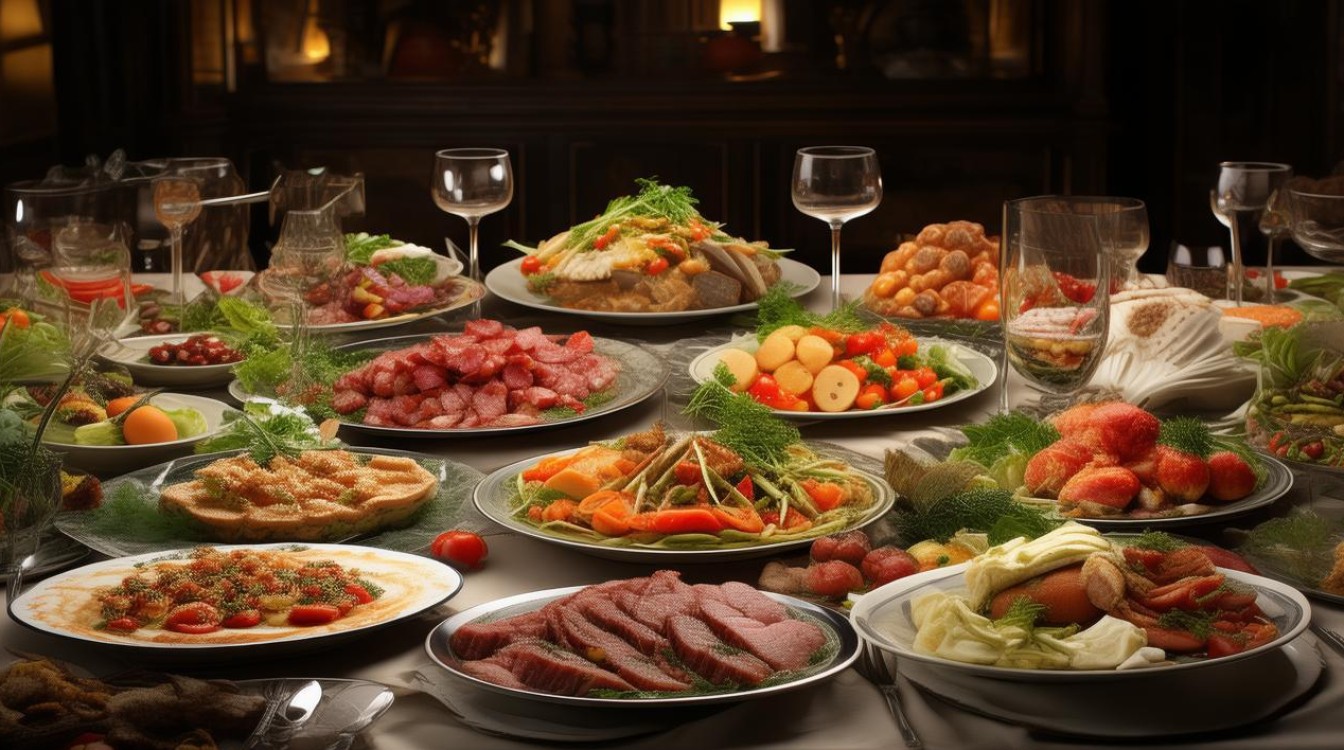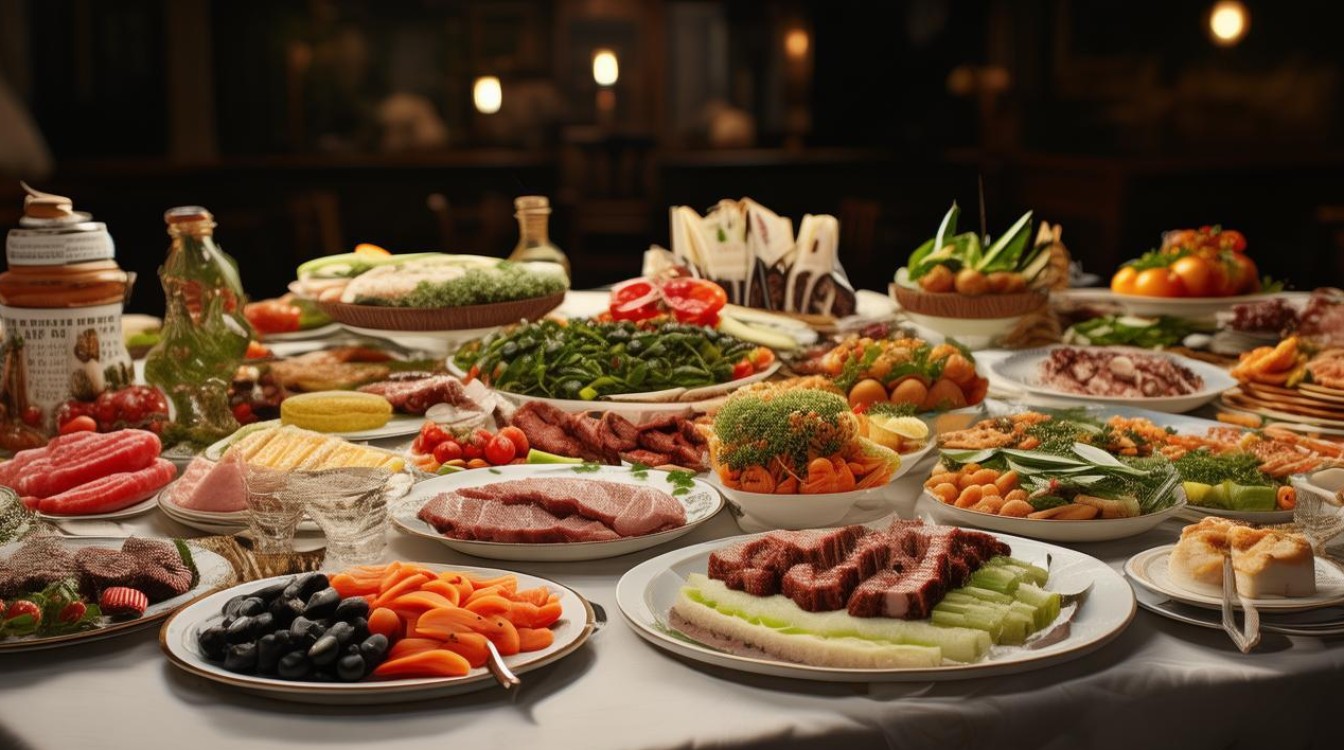When we think of food, our minds often jump to flavors, textures, and aromas. But the words we use to describe these sensations can be just as delightful as the food itself. English is rich with terms that capture the essence of a perfect bite, from the crispness of fresh produce to the velvety smoothness of a well-made sauce. Whether you're a food blogger, a chef, or simply someone who loves to eat, expanding your vocabulary can make your appreciation of food even more vivid.

Here are some of the most mouthwatering English words to describe food—terms that evoke taste, texture, and the sheer pleasure of eating.
Words for Flavor
- Savory – A deep, rich, umami taste often found in meats, broths, and aged cheeses.
- Zesty – Bright and lively, usually referring to citrus or tangy flavors.
- Piquant – A sharp, spicy kick that excites the palate.
- Buttery – Smooth, rich, and indulgent, like high-quality butter or croissants.
- Floral – A delicate, fragrant taste reminiscent of flowers, often found in teas and desserts.
- Earthy – Grounded and natural, like mushrooms, root vegetables, or dark chocolate.
- Smoky – The deep, charred aroma of grilled or roasted foods.
- Tangy – A sharp, acidic brightness, like yogurt or pickles.
- Mellow – A gentle, well-balanced flavor without harshness.
- Robust – Full-bodied and intense, often used for wines, stews, and aged cheeses.
Words for Texture
The way food feels in your mouth is just as important as how it tastes. These words help describe the physical experience of eating.

- Crispy – Light, brittle, and shatteringly crunchy, like fried chicken skin.
- Creamy – Smooth and velvety, like custard or a well-made béchamel.
- Fluffy – Light and airy, like whipped cream or soufflés.
- Chewy – Dense and requiring a bit of effort to eat, like caramel or bagels.
- Tender – Soft and easy to bite into, like slow-cooked meat.
- Crumbly – Falls apart easily, like shortbread or feta cheese.
- Juicy – Bursting with liquid, like ripe peaches or a perfectly cooked steak.
- Silky – Ultra-smooth, like a fine chocolate mousse.
- Gelatinous – Jiggly and slightly elastic, like panna cotta.
- Crisp-tender – A perfect balance between firmness and softness, like al dente vegetables.
Words for Aroma
A great dish engages the nose before it even touches the tongue. These words describe the scents that make food irresistible.
- Aromatic – Strongly fragrant, like herbs and spices.
- Toasty – Warm and nutty, like freshly baked bread.
- Perfumed – Lightly scented, often used for delicate desserts.
- Pungent – Intensely aromatic, like garlic or blue cheese.
- Herbaceous – Fresh and green, like basil or mint.
- Caramelized – Sweet and deep, like browned sugar or onions.
- Woodsy – Reminiscent of forests, like truffles or smoked meats.
- Spicy – Warm and tingling, like cinnamon or chili.
- Yeasty – The distinct smell of fermentation, like sourdough.
- Fruity – Bright and sweet, like berries or tropical fruits.
Words for Presentation
How food looks can enhance the eating experience. These terms describe visual appeal.

- Glistening – Shiny with moisture or glaze.
- Vibrant – Bright and full of color.
- Artful – Carefully arranged, almost like a painting.
- Rustic – Homely and unrefined, yet charming.
- Layered – Visually complex, like a parfait or lasagna.
- Golden – Perfectly browned, like a pie crust.
- Drizzled – Lightly coated with sauce or syrup.
- Garnished – Decorated with finishing touches.
- Plump – Full and juicy-looking.
- Glazed – Shiny with a thin, glossy coating.
Words for the Overall Experience
Some words capture the full sensory delight of eating.
- Decadent – Luxuriously rich, often indulgent.
- Hearty – Filling and satisfying.
- Refreshing – Light and invigorating.
- Comforting – Warm and nostalgic.
- Exquisite – Exceptionally fine and delicate.
- Moreish – So good you keep wanting more.
- Sumptuous – Lavish and luxurious.
- Wholesome – Nutritious and good for you.
- Delectable – Simply delicious.
- Irresistible – Impossible to say no to.
Using these words can make your food descriptions more vivid and engaging. Whether you're writing a menu, a restaurant review, or a recipe blog, choosing the right terms helps readers almost taste the food through your words.

Food is one of life’s greatest pleasures, and the language we use to describe it should be just as delightful. The next time you enjoy a meal, take a moment to think about the words that best capture its essence—it might just make the experience even more satisfying.


